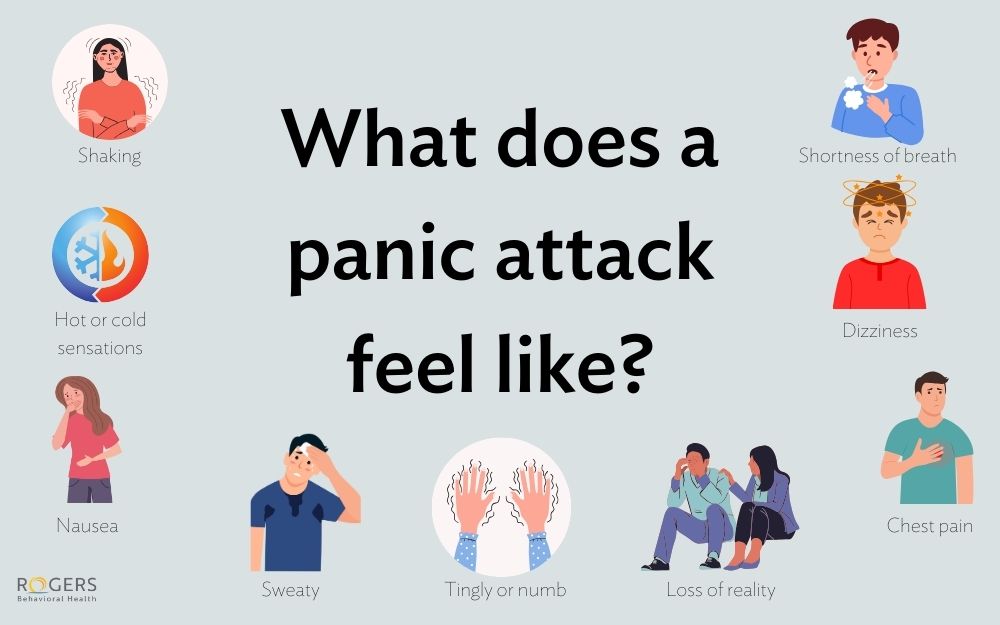DSM-5 Offers New Criteria for OCD, PTSD and Anxiety
Posted on 04/12/14 12:38:pm
A few of the primary changes in DSM-5 include the reorganization of chapters for better groupings of disorders – including obsessive-compulsive disorder (OCD) and posttraumatic stress disorder (PTSD) – and the framework within those chapters that recognizes age-related aspects. This is important because it reflects the nature of some disorders within a patient’s lifespan. DSM-5 lists diagnoses that are most applicable to infancy and childhood first, followed by those that are more common to adolescence and early adulthood, ending with those that are often diagnosed later in life.
New Chapters for OCD and PTSD
“One of the most important changes regarding OCD and PTSD is that these two disorders have been removed from the anxiety disorder chapter where they were in the previous edition,” Bradley C. Riemann, PhD, clinical director of Rogers’ OCD Center andCognitive Behavioral Therapy (CBT) Services, said. “Now, two new chapters surrounding OCD and PTSD (“Obsessive-Compulsive and Related Disorders” and “Trauma- and Stressor-Related Disorders”) have been created.” He says these changes were due to increased research and evidence demonstrating common threads running through a number of OCD-related disorders; for example, obsessive thoughts and/or repetitive behaviors.
Although Dr. Riemann says the change won’t really impact patients, the differences seem to reflect what clinicians have been seeing in their practices for quite some time. “These disorders can be related. That’s why DSM-5 places them sequentially in the guidebook to reflect their close relationship.” He added that what’s really important is that the DSM keeps evolving and getting more specific with each revision.
Obsessive-Compulsive and Related Disorders
Disorders in this chapter have features in common such as an obsessive preoccupation and repetitive behaviors. In addition, they reflect a relationship to one another in terms of overlapping symptoms and response to treatment. Hoarding and skin picking (newly recognized in DSM-5) fall within this category, along with hair pulling and body dysmorphic disorder (BDD), which is manifested by a negative preoccupation with body image that is focused on a minor or perceived flaw.
“This chapter provides more consistency among diagnoses, with fear, anxiety and avoidance being key,” Dr. Riemann said. “Now, the definition of obsession has also changed, with ‘urge’ replacing ‘impulse.’ Plus, new specifiers for tics and insight have been included. Patients no longer need to recognize that their obsessions or compulsions are excessive or unreasonable.”
Trauma- and Stressor-Related Disorders
PTSD is included in this new chapter, with criteria that differs significantly from those in the previous DSM. Now more explicit in regard to how an individual has experienced “traumatic” events, PTSD also includes a subtype for preschool children and four symptom clusters (re-experiencing the event, heightened arousal, avoidance, as well as negative thoughts and mood or feelings).
Anxiety Disorders
In addition to removing OCD and PTSD, DSM-5 now adds separation anxiety disorders and selective mutism to the chapter on anxiety disorders. (Selective mutism is a disorder in which a person normally capable of speech does not speak in specific situations or to certain people.) Previously, these diagnoses were provided primarily to infants, children and adolescents, but the fifth edition now recognizes their role even in adulthood. For example, children of adults with separation anxiety disorder and those with avoidance behaviors that occur in the workplace as well as at school are included in this chapter.
If you or someone you know is living with any of these disorders, call Rogers at 800-767-4411 for a free screening or request one online.
If you do not feel you, or a loved one, needs treatment right away but may be concerned, we offer online quizzes to possibly provide some relief. While these quizzes do not provide a diagnosis, it could be the first step in finding the treatment you, or a loved one, may need. Take one of our online quizzes:
Topics
Share this article:



